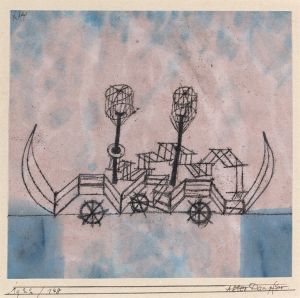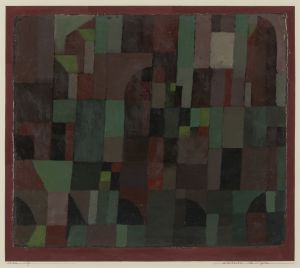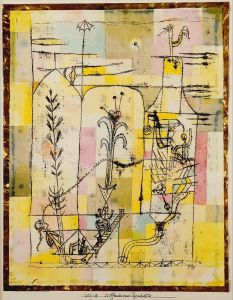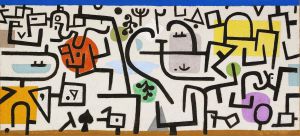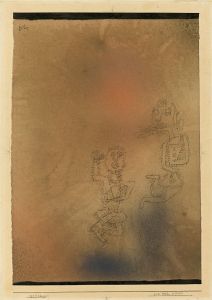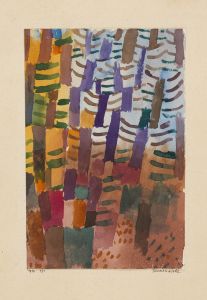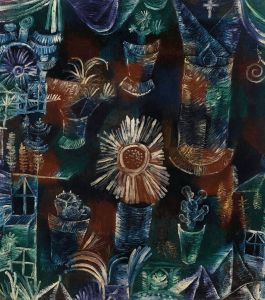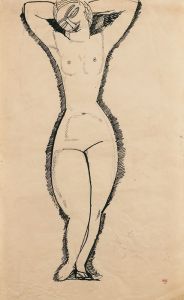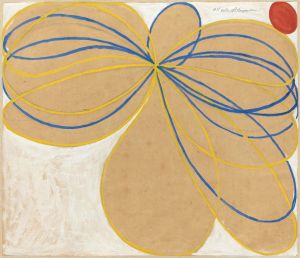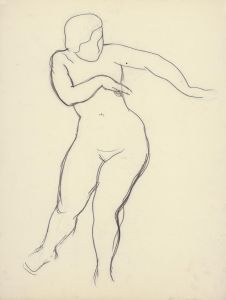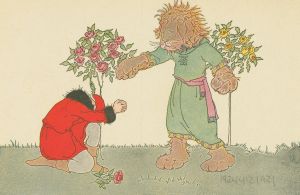
Park
A hand-painted replica of Paul Klee’s masterpiece Park, meticulously crafted by professional artists to capture the true essence of the original. Each piece is created with museum-quality canvas and rare mineral pigments, carefully painted by experienced artists with delicate brushstrokes and rich, layered colors to perfectly recreate the texture of the original artwork. Unlike machine-printed reproductions, this hand-painted version brings the painting to life, infused with the artist’s emotions and skill in every stroke. Whether for personal collection or home decoration, it instantly elevates the artistic atmosphere of any space.
Paul Klee, a Swiss-born artist, is renowned for his unique style that blends elements of expressionism, cubism, and surrealism. One of his notable works is "Park," a painting that exemplifies his innovative approach to art. Klee's work often reflects his deep interest in color theory, music, and the subconscious, and "Park" is no exception.
"Park" was created during a period when Klee was deeply engaged with the Bauhaus movement, where he taught from 1921 to 1931. The Bauhaus was an influential art school in Germany that combined crafts and the fine arts, and it was famous for its approach to design that it publicized and taught. Klee's time at the Bauhaus had a significant impact on his artistic style, as he was exposed to new ideas about form, color, and composition.
In "Park," Klee employs a distinctive use of color and geometric shapes to create an abstract representation of a park. The painting is characterized by its use of a grid-like structure, which is a common feature in Klee's work. This structure is filled with a variety of colors and shapes, creating a sense of harmony and balance. The use of color in "Park" is particularly noteworthy; Klee was known for his ability to use color to evoke emotion and create a sense of depth and movement within his paintings.
Klee's technique often involved layering colors and using a variety of media to achieve the desired effect. In "Park," he may have used watercolor, oil, or a combination of both, as he frequently experimented with different materials. The painting's abstract nature allows viewers to interpret it in various ways, which is a hallmark of Klee's work. He believed that art should not be confined to representing the visible world but should instead explore the realms of imagination and emotion.
The influence of music on Klee's work is also evident in "Park." Klee was an accomplished violinist, and he often drew parallels between music and visual art. The rhythmic patterns and harmonious color combinations in "Park" can be seen as a visual symphony, where each element contributes to the overall composition.
"Park" is a testament to Klee's ability to blend different artistic influences and create something uniquely his own. His work continues to be celebrated for its originality and depth, and "Park" remains an important piece in the study of modern art. Klee's legacy as a pioneer of abstract art is well established, and his contributions to the Bauhaus movement and modern art continue to be studied and appreciated by art enthusiasts and scholars alike.
Overall, "Park" by Paul Klee is a significant work that showcases the artist's innovative use of color, form, and abstraction. It reflects his deep understanding of the interplay between different artistic elements and his ability to convey complex ideas through simple yet profound compositions.





